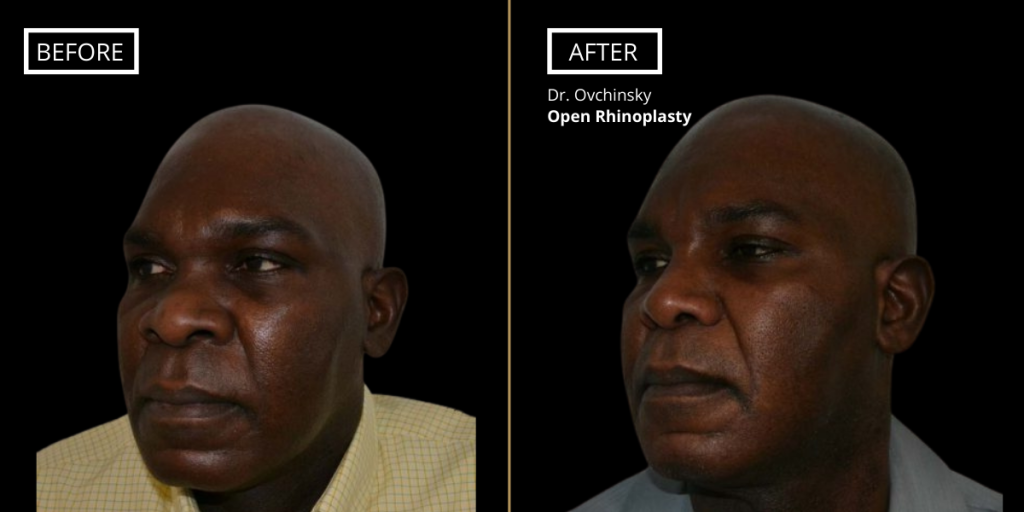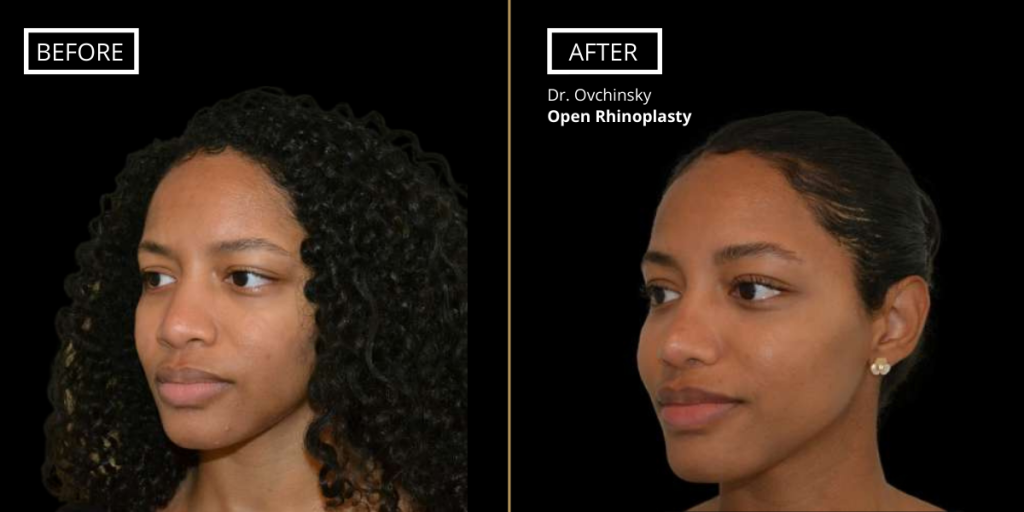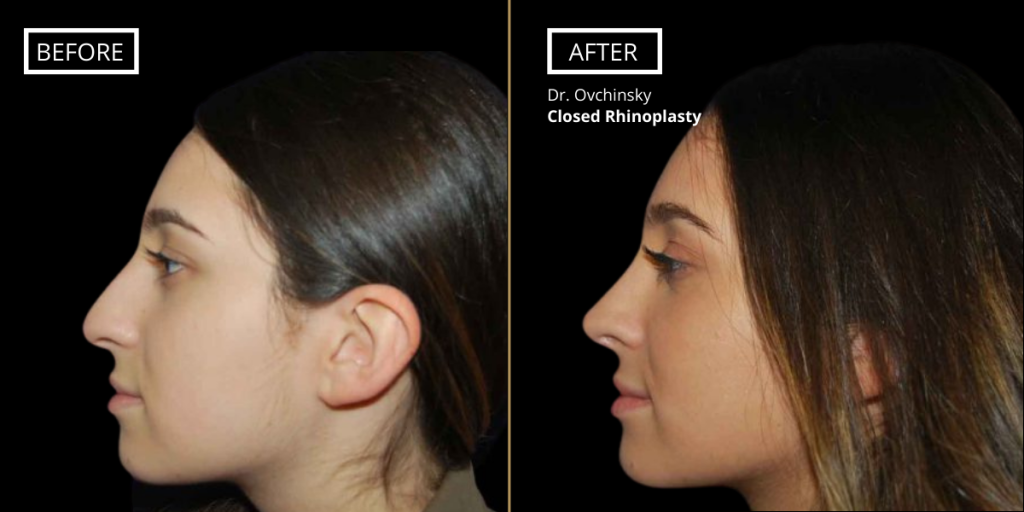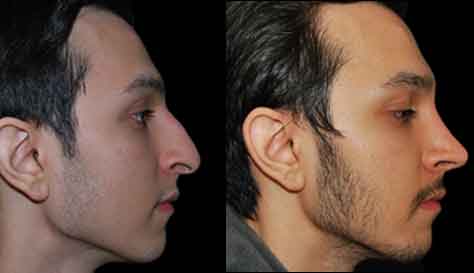The two most common types of rhinoplasty are aclosed rhinoplasty and an open rhinoplasty. A rhinoplasty is a cosmetic facial surgery to improve the shape of the nose. Some people wish to get a rhinoplasty because of a defect due to an injury, to correct breathing problems, or because they aren’t happy with their current nose shape. Whatever the case may be, the patient’s specific nasal anatomy, history, and surgical goals will help their surgeon determine which type of rhinoplasty is best for them to achieve their desired nose, while also ensuring they are comfortable and confident.

The first step when considering facial plastic surgery is to find a surgeon that is right for you. It is essential to choose a surgeon that is experienced, honest, and understands your expectations. Facial surgeons make very important decisions regarding surgery methods that will directly affect their patients’ end results. Additionally, the surgeon will decide whether a patient will receive a closed or an open rhinoplasty.

Dr. Ovchinsky is known as one of the top rhinoplasty surgeons in New Jersey and New York. He is a double board certified facial plastic surgeon whose specialty is rhinoplasty. During your consultation, Dr. Ovchinsky will decide which type of rhinoplasty is the best choice for your specific nose, facial structure, and goals.

What is the difference between a closed rhinoplasty and open rhinoplasty?
One of the most common questions Dr. Ovchinsky hears from patients during rhinoplasty consultations is whether they should have a closed or an open rhinoplasty, and which one is better. First of all, let’s talk about the differences between closed and open rhinoplasty surgery. A closed rhinoplasty is performed via three access incisions which are all hidden inside the nose (hence the name!). An open rhinoplasty is done using two incisions: one on the bottom of the tip in the middle narrow area called “columellar incision”, and the second is inside the nose, which is actually one of the same incisions used in a closed approach.

Potential advantages of closed rhinoplasty:
- Absence of visible skin incision and no visible scar
- Preserves small blood vessels within columella which helps decrease the amount of postoperative swelling
Potential advantages of open rhinoplasty:
- Allows for better visualization during surgery as columellar incision permits the skin to be retracted up and away for the underlying nasal tip cartilages and nasal dorsum
- Provides better visualization leading to improved precision in suturing, grafts placement, cartilage modifications, hump removal, etc
- Allows for better exposure of the upper (dorsal) part of the nasal septum

Dr. Ovchinsky who has been performing rhinoplasties for nearly 20 years explains his opinion and shares his insight on this matter.
“It does not come as a surprise that some surgeons that practice only one rhinoplasty technique, whether open or closed, will always recommend that particular technique to every patient irrespective of the patient’s anatomy and surgical goals. However, a surgeon is not a hammer and a nose is not a nail! Every patient has different goals, different likes and dislikes, different anatomy and ethnicity, thus the surgical approach has to be individualized.

Below is my philosophy as to when I use closed versus open rhinoplasty approaches and why.
- First disclaimer- columellar incision, if closed correctly, results in an almost imperceptible scar. In my practice, I have yet to see a patient complaining of a columellar scar. Sometimes, it even takes me a while to detect the scar on my postoperative patients even though I know what to look for! Therefore, in my opinion, the mere absence or presence of the scar should not be a key factor for patients when deciding on the type of rhinoplasty!
- Second disclaimer- in my practice, rhinoplasty cost does not vary whether it is a closed or an open rhinoplasty surgery
- In those patients who need only dorsal work (hump removal, correcting nasal dorsal deviation, narrowing the dorsum) and who are happy with the appearance of the nasal tip I prefer a closed approach. It provides for very good access to the dorsum and avoids disturbing nasal tip structures. I also use closed approach in patients who need dorsal work and small tip modifications, such as change in the angle between the nose and the lip (so called tip rotation) or change in tip projection
- In cases which require improvement in tip definition or placement of structural grafts to the tip area I prefer an open rhinoplasty approach. I feel that an open approach gives me better visualization of the tip anatomy, better control of the surgical technique and hence, at least in my hands, leads to better results. I also prefer the open rhinoplasty approach in cases involving correction of significant dorsal septal deviations, as dorsal septum is fully exposed and better visualized with open approach.

In summary, both closed and open rhinoplasty have their own unique niche in the armamentarium of a rhinoplasty surgeon. From a patient’s perspective, the most important thing should be the surgical result, and not necessarily the way to achieve it. I believe that a patient’s primary responsibility is to select a rhinoplasty surgeon they feel a good connection with on a personal and professional level, whose surgical results they like and who they would trust with their rhinoplasty surgery. And let the surgeon decide which surgical approach to use in order to achieve the best result possible!”






